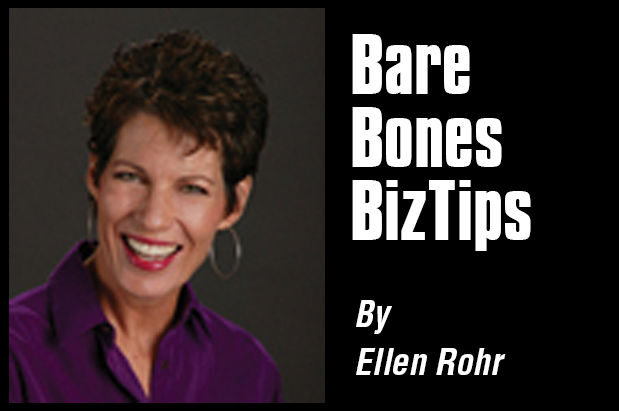
You can develop better relationships, make more sales, and enjoy less turnover when you are polite. Here are a few vital “how to” tips:
1. How to Shake Hands
Stand about an arm’s length from the person whom you wish to meet. Extend your hand, fingers long, so that you can clasp the whole of the other person’s hand. Don’t just squeeze their fingers. Engage the handshake with a firm clasp. No limp “dead fish” hand holding. And don’t crush their hand! Hold their full hand for one count, and a single “pump,” using your elbow, not your wrist. At the same time, smile and look them in the eye. Say politely, “Nice to meet you.”
As a service person, you may want to offer your business card. Then, if the person you are meeting wants to shake hands, they will offer theirs. Follow their lead. If they don’t offer their hand, then just smile and establish friendly eye contact. If they offer their left hand, maybe there is some injury to the right hand, or they have a different hand shaking idea in mind. This isn’t a contest… just a way to acknowledge someone and start a friendly encounter.
2. How to Answer the Phone
Answer the phone with a formal company greeting and identify yourself. “Thank you for calling Action Plumbing and Heating! This is Ellen. How may I be of service?” Always smile when talking on the phone, as it adds a pleasant tone to your voice. Respond empathetically, and positively. “Oh, dear. I’m sorry you’ve been inconvenienced. The good news is you have called the right place! May I ask you a few questions so we can best help you?”
Don’t interrupt. If you must place the caller on hold, say, “May I place you on hold briefly while I ________?” Then, wait for permission. If they say, “Yes,” then say, “Thank you! I’ll be back on the line in a few moments.” When you pick up the caller from holding, say, “Thank you for waiting.” Don’t just say, “Hold please,” and place someone on hold.
3. How to Behave at the Dinner Table
I copied these from The Manual of Social and Business Form, by Thomas E. Hill, published in 1884. While some of these “Rules” are humorously archaic, they do represent good advice when dining with others.
- Do not play with the table utensils or crumble the bread.
- Do not put your elbows on the table, or sit too far back, or lounge.
- Never, if possible, cough or sneeze at the table.
- Do not open the mouth while chewing. Keep the lips closed.
- Never indicate that you notice anything unpleasant in the food.
- The fork is used to convey the food to the mouth, except when a spoon is necessary for liquids.
- Raw oysters are eaten with a fork.
- Never allow butter, soup or other food to remain on your whiskers.
- Never, when serving others, overload the plate nor force upon them delicacies which they decline.
- Never make a great display when removing hair, insects or other disagreeable things from your food. Place them quietly under the edge of your plate.
“Simplicity in character, in manners, in style; in all things the supreme excellence is simplicity.” – Henry Wadsworth Longfellow

